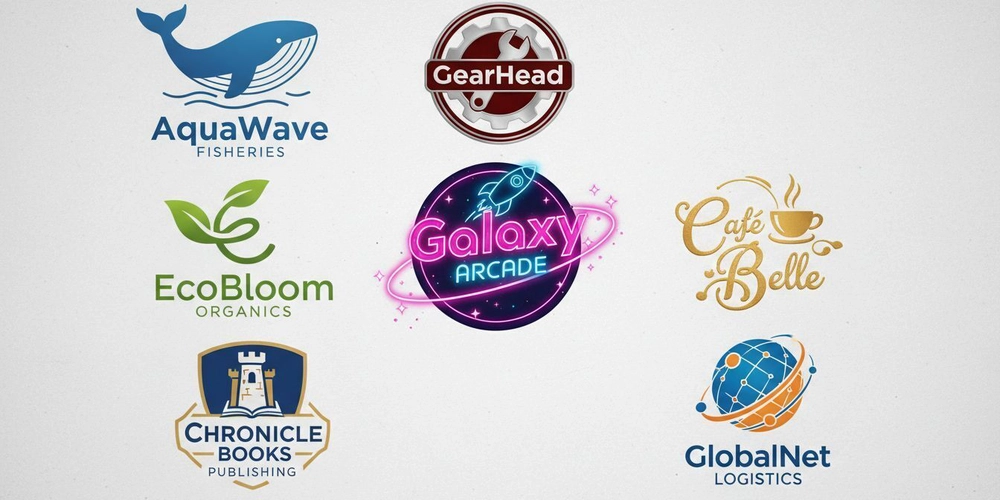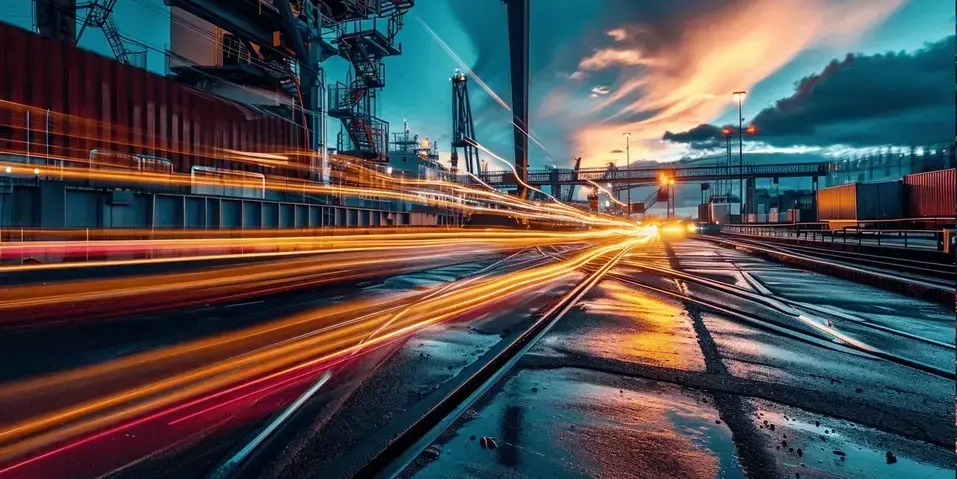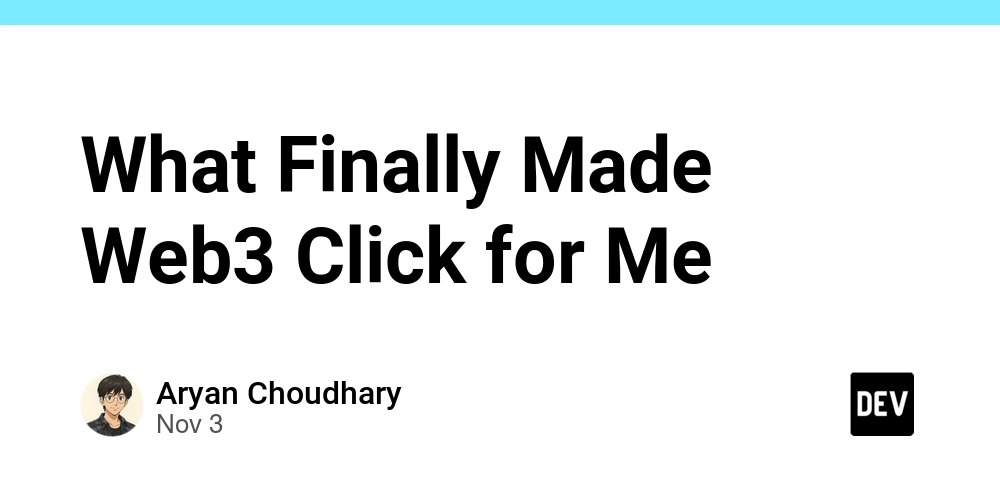TL;DR
Built GoodLogoAI – an AI logo maker that outputs production-ready vector SVG + transparent PNG files. $9.99 one-time payment. Had the vision in 2019, but had to wait for AI models to mature. Now it’s finally viable.
The 5-Year Wait
Back in 2019, I had a clear vision: a fully automatic logo designer that takes a brand name and outputs well-crafted logos in vector SVG and transparent PNG.
No templates. No manual design work. Just intelligent AI that understands design principles.
The problem? In 2019, AI couldn’t do this. Not even close.
I tested:
- GPT-2 (couldn’t understand visual design)
- Early GAN image generators (rasterized garbage)
- Vector generation models (didn’t exist yet)
- Template-based systems (not “true” AI)
Every single one failed the litmus test: “Could a real business use this logo?”
Answer: No.
So I waited. And watched. And tested every new model that dropped.
The Catalyst
In 2022, I was preparing for my biggest investor pitch. I needed a logo. Fast.
Called 5 designers:
- “That’ll be $500, I can have concepts in 2-3 weeks”
- “My minimum is $800, 3-week turnaround”
- “I’m booked for the next month”
I had 3 days.
Tried to DIY it in Canva. Spent 8 hours. It looked like a 12-year-old designed it.
That frustration crystalized the vision: This should be automated. This should be instant. This should cost $10, not $500.
But the AI still wasn’t ready.
2025: The Technology Finally Caught Up
Three things converged in 2025 that made this finally possible:
1. Better Generative Models
Modern diffusion models + GPT-4 class language models could finally understand:
- Design principles (balance, hierarchy, negative space)
- Color theory and psychology
- Typography rules
- Brand positioning
2. Vector Generation Breakthrough
The ability to generate clean vector paths (not just rasterized images) became viable. This was the game-changer.
SVG output isn’t just “nice to have” – it’s essential for:
- Infinite scalability
- Print production
- Professional use
- File size efficiency
3. Natural Language Editing
Being able to refine with prompts like “make it more modern” or “use blue tones” without regenerating from scratch = crucial UX improvement.
How It Works (Technical Overview)
The Pipeline
User Input (brand name, industry, style)
↓
AI Analysis Layer
↓
Logo Concept Generation (30 seconds)
↓
Vector Path Construction
↓
Output: SVG + PNG (4096x4096)
↓
User Refinement (natural language)
↓
Iterative Improvement Loop
Key Technical Challenges Solved
Challenge 1: Vector Generation
- Rasterized AI outputs don’t scale
- Had to ensure clean, production-ready SVG paths
- Solution: recraft-vectorize
Challenge 2: Consistency Across Edits
- Users need to refine, not start over
- Had to maintain design identity through iterations
- Solution: Contextual editing that remembers the design system
Challenge 3: Design Quality
- AI can generate “something” – but is it GOOD?
- Had to encode design principles into the system
- Solution: crystal-upscaler
Challenge 4: Speed
- Users expect instant results
- Had to optimize inference time without sacrificing quality
- Solution: ~30 second generation time
The Stack
Frontend:
- Next.js 14 (App Router)
- Tailwind CSS for styling
- Framer Motion for animations
- Zustand for state management
Backend:
- Firebase
- Stripe for payments
- PostHog for tracking users
- Cloudflare Analytics
AI/ML:
- Google nano-banana for initial concept and editing
- Vector generation pipeline
- Natural language processing for edits
Infrastructure:
- Vercel for frontend
- CDN for asset delivery
- Firebase Storage for logo designs
Lessons from Building This
1. Sometimes You Have to Wait for the Technology
I wanted to build this in 2019. But the AI models weren’t ready. If I had forced it then, it would’ve been another mediocre tool.
Lesson: Not every idea’s time is NOW. Sometimes the best move is to watch the space and wait for the enabling technology.
2. Pricing is a Product Decision
I could’ve priced this at $29, $49, or $99. I went with $9.99.
Why? Because when I got ghosted by that designer, I would’ve paid $10 without thinking twice. I would’ve hesitated at $50.
The goal isn’t to maximize per-sale revenue. It’s to make this accessible to every founder who’s getting quoted $500+ by designers.
3. SEO from Day 1 (Learned This the Hard Way)
My first app hit $40K revenue. But I didn’t start SEO until month 4. Huge mistake.
This time:
- Proper meta tags from day 1
- Content strategy planned out
- Keywords researched before launch
- Internal linking structure designed
Result: Google indexed me in 3 days instead of 3 weeks.
4. Don’t Buy Backlinks on Fiverr
Yeah, I made this mistake with app #1. Paid $200 for “high DA backlinks.”
Google penalized me in 2 weeks. Took 3 months to recover.
Build links naturally or don’t build them at all.
5. Track Everything from Launch
I added PostHog on day 1 this time. With app #1, I waited 3 months.
Being able to see exactly where users drop off in the funnel = invaluable.
I found out 40% were leaving because the “Try Free” button wasn’t clear enough. Changed it. Conversion jumped 2x.
Tool recommendation: PostHog is fantastic for this. Open source, easy to set up, and the free tier is generous.
6. Production Hunt is Overrated for Traffic
Everyone says “launch on Product Hunt!” I did. Got 50 users.
Know what got me 5,000+ users? SEO.
Don’t get me wrong – PH is great for:
- Initial validation
- Getting a backlink (DA 90+)
- Social proof (“Featured on Product Hunt”)
But don’t expect it to solve distribution. It won’t.
Current State
Launched: October 30, 2025
Users: 100+ logos created
Revenue: Starting from $0 (first app did $40K, but this is fresh)
Stack: Fully automated, no manual intervention needed
Pricing: $9.99 one-time payment
What’s working:
- AI quality is solid (98% satisfaction rate)
- Conversion rate is good (~5%)
- Word of mouth is picking up
- SEO is starting to compound
What’s not:
- Traffic is still early stage
- Haven’t cracked paid acquisition yet (testing)
- Need more content marketing
The Hardest Part
You know what the hardest part of building this was?
The waiting.
Sitting on a vision for 5 years while the technology slowly caught up. Watching other people launch “AI logo makers” with template systems and rasterized outputs. Wondering if my vision was even possible.
But also knowing that if I launched too early, it would be just another mediocre tool.
Sometimes the best thing you can do as a builder is wait for the enabling technology to be ready.
Try It Out
If you’re curious what 5 years of waiting and current AI tech can produce:
- Try free (2 edits, no credit card)
- Download vector SVG + transparent PNG
- $9.99 one-time payment
- No subscription, you own it forever
I’d genuinely love feedback from this community. Technical feedback especially welcome.
Questions I’m Happy to Answer
- Technical implementation details (within reason – some is proprietary)
- Challenges in building AI products
- Going from first app ($40K) to second app ($0)
- SEO strategy for SaaS
- Building in public experiences
- Anything about the 5-year journey
Drop your questions below. 👇
Discussion Topics
For the dev.to community:
- Have you ever had to wait years for technology to catch up to your vision?
- What AI projects are you working on?
- Vector generation – anyone else tackling this problem?
- Thoughts on AI + design automation?
- Should I open-source parts of this? (Considering it)
Let’s discuss! 💬




mzigzdoxtymrpdsugkffqmwjwipqsv